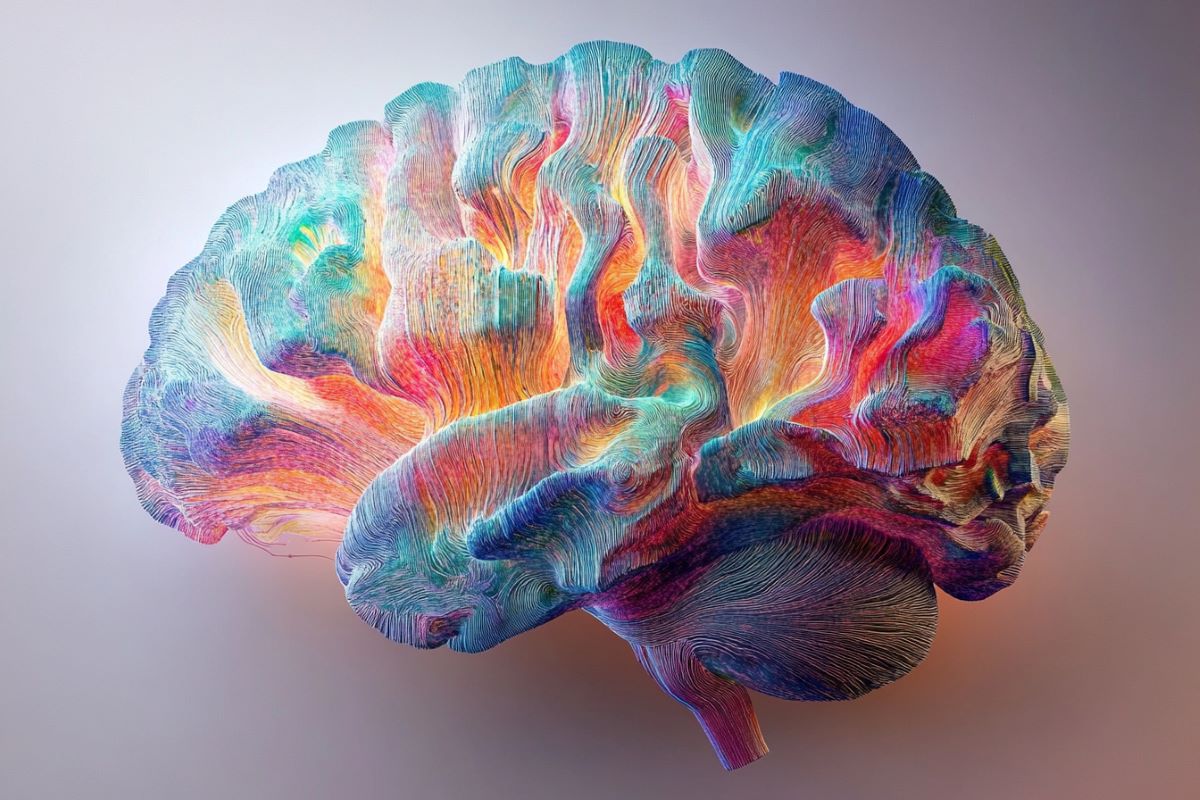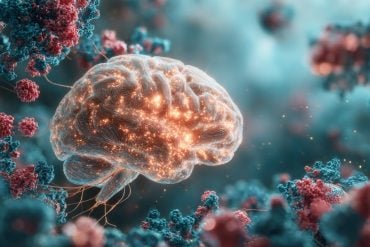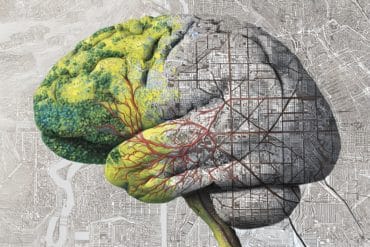Summary: Researchers have developed a groundbreaking method to map brain activity, revealing how higher-order functions like thought and language emerge from complex interactions between multiple brain regions. Unlike traditional models focusing on paired brain connections, this new approach uses neuroimaging data to capture the intricate networks driving behavior.
The method was validated in studies showing it could identify tasks performed during scans, create unique brain “fingerprints,” and link brain activity to individual behavioral traits. This innovation holds promise for understanding neurodegenerative diseases and improving early detection of conditions like Alzheimer’s.
Key Facts:
- The method models higher-order interactions between multiple brain regions, surpassing traditional pair-based approaches.
- It was validated using data from 100 subjects, enabling task identification, brain fingerprinting, and behavioral association.
- This tool could revolutionize neuroscience by offering insights into brain changes in neurodegenerative conditions.
Source: University of Birmingham
A new way of mapping activity and connections between different regions of the brain has revealed fresh insights into how higher order functions like language, thought and attention, are organised.
Traditional models of human brain activity represent interactions in pairs between two different brain regions. This is because modelling methods have not developed sufficiently to describe more complex interactions between multiple regions.

A new approach, developed by researchers at the University of Birmingham is capable of taking signals measured through neuroimaging, and creating accurate models from these to show how different brain regions are contributing to specific functions and behaviours.
The results are published in Nature Communications.
Lead researcher, Dr Enrico Amico, said: “Complex systems like the brain depend on interactions between groups of regions, not just between pairs of regions. Although we know – in theory – that this is the case, until now we have not had the processing power required to model this.”
In the study, the group used data from fMRI scans recorded as part of the Human Connectome Project. This large-scale research consortium was set up to map the human brain, connecting its structure to function and behaviour.
These scans, however, can provide only ‘noisy’ estimates of neural activity, so statistical methods are needed to clean up the data and compile accurate estimates of interactions from the neuroimaging signals.
Taking 100 unrelated subjects from the projects’ databank, the team produced detailed models of higher-order interactions. They tested these in three key areas, designed to test how useful the approach is.
In the first, they were able to show it was possible to identify what task the individual might have been doing while in the fMRI scanner. In the second area of research, the team showed it was possible to identify a specific individual from their brain signals – using the signals as a sort of unique brain fingerprint for the individual.
And in the third area, the researchers demonstrated how higher order brain signals of an individual could be separated out from the lower order signals, and how they can be associated with the behavioural features of each individual.
Dr Andrea Santoro, of the CENTAI Institute in Italy, is the first author of the paper. He said: “Our approach, validated using data from healthy individuals, demonstrates the substantial advantages that this method can offer to neuroscience research.
“In the future, this method could also be used to help model interactions in individuals with neurodegenerative diseases, such as Alzheimer’s, where they could give valuable insights into how brain function is changing over time, or even to identify pre-clinical symptoms of these conditions.”
About this brain mapping and behavioral neuroscience research news
Author: Beck Lockwood
Source: University of Birmingham
Contact: Beck Lockwood – University of Birmingham
Image: The image is credited to Neuroscience News
Original Research: Open access.
“Higher-order connectomics of human brain function reveals local topological signatures of task decoding, individual identification, and behavior” by Enrico Amico et al. Nature Communications
Abstract
Higher-order connectomics of human brain function reveals local topological signatures of task decoding, individual identification, and behavior
Traditional models of human brain activity often represent it as a network of pairwise interactions between brain regions. Going beyond this limitation, recent approaches have been proposed to infer higher-order interactions from temporal brain signals involving three or more regions.
However, to this day it remains unclear whether methods based on inferred higher-order interactions outperform traditional pairwise ones for the analysis of fMRI data.
To address this question, we conducted a comprehensive analysis using fMRI time series of 100 unrelated subjects from the Human Connectome Project.
We show that higher-order approaches greatly enhance our ability to decode dynamically between various tasks, to improve the individual identification of unimodal and transmodal functional subsystems, and to strengthen significantly the associations between brain activity and behavior.
Overall, our approach sheds new light on the higher-order organization of fMRI time series, improving the characterization of dynamic group dependencies in rest and tasks, and revealing a vast space of unexplored structures within human functional brain data, which may remain hidden when using traditional pairwise approaches.







